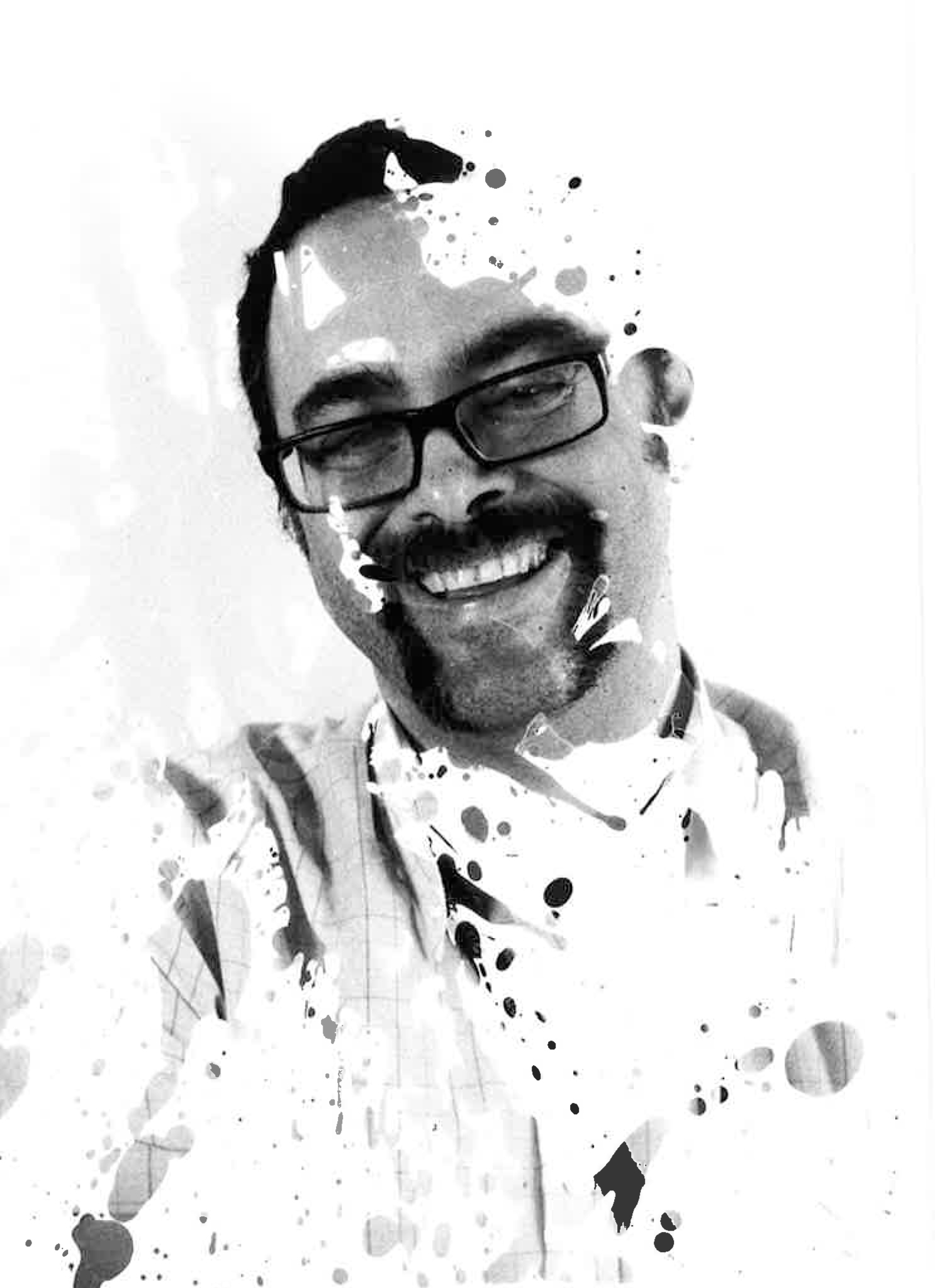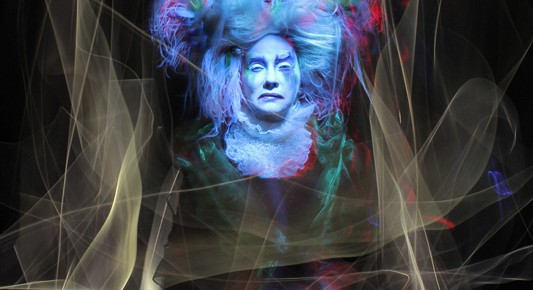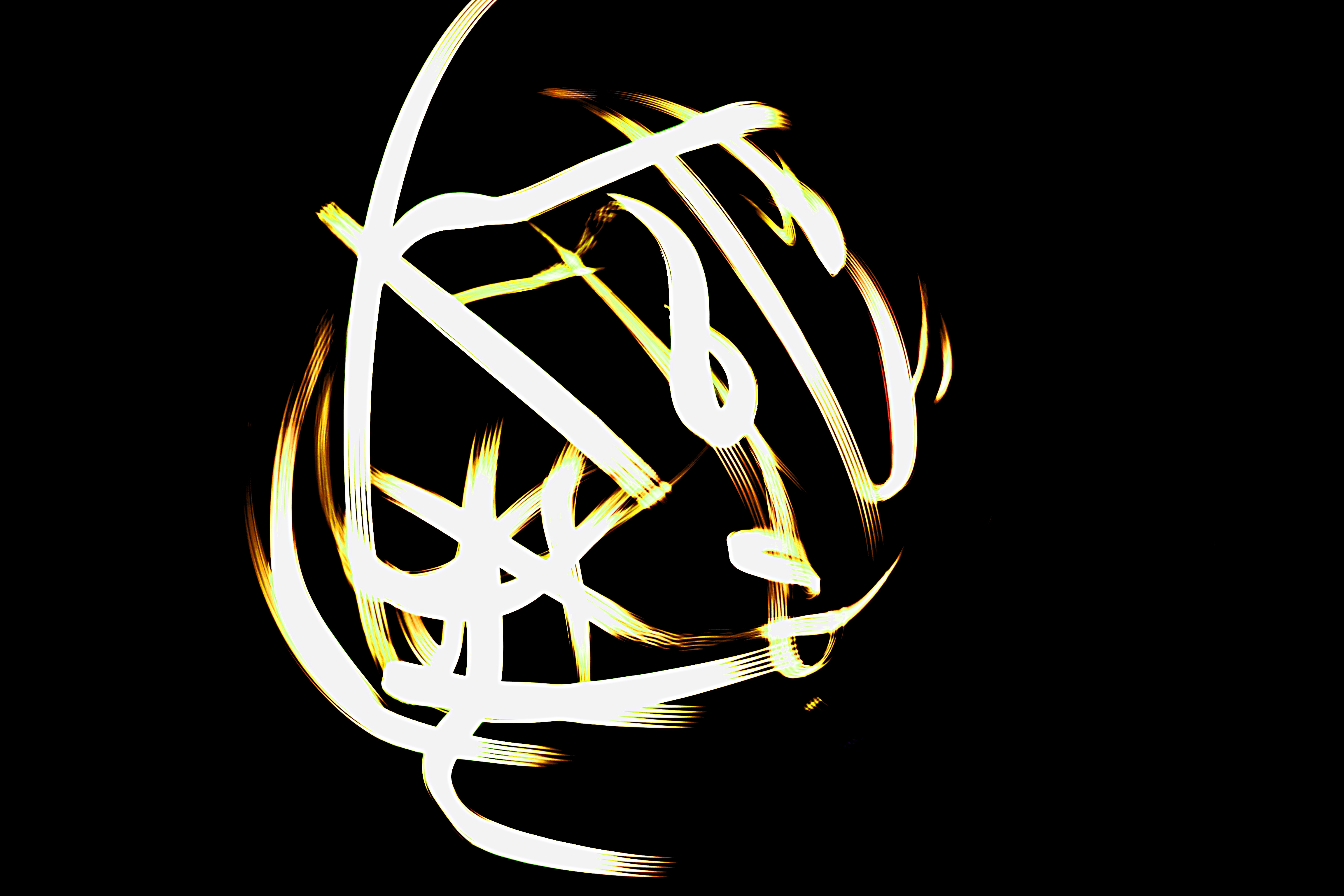Digital Portraits:
In this set of photos I have experimented with different lighting scenarios to create different outcomes with my photos. My in this post I have included my work at college with my own camera, the Nikon D7000, with a 50mm F1.4. I have put the photos from this shoot in black and white to replicate the simplicity that comes from using B&W film. In this first two photos I have tried to first replicate the David Bailey style of portrait, making my subject perform a wacky pose as to create an interesting looking portrait. One thing that I think is lacking in the first portrait that perhaps the second does have, is the interested choice of lighting. In the second picture you can see that there is a strong light coming from one side of her that lights up only one side of her face, leaving the other almost in complete darkness. This is similar to that of Bailey's style of work. If I were to reshoot this, I would make her do a similar pose so 1. but use similar lighting to that or 2. In the third photo you can see that I have experimented with a Patrick Rochon style of photography. I have two different lights in 3. to create an elongated light trail over the subject's face, highlighting her features from the darkness. One thing I am not a fan of in this photo is the fact that that it is not as tack sharp as the first two photos. This is obviously because of the different shutter speeds that I have used with the pictures and the tiny movements that was made by the subject were inevitable to create tiny blurred effects with her facial features. Though it is not incredibly sharp, my subject stayed still enough as to maintain the her face in relative sharpness. This is something I am happy with, and with taking pictures of people using long exposures, then I could not have asked for a sharper image.
 |
1. In this photo I used a really basic head lighting that left little shadow behind the subject. In this portrait I used an additional external flash pointed to the ceiling to illuminate behind the subject as well, to eliminate all shadows that remained.
http://www.flickr.com/photos/luke_mellor/8268553587/in/set-72157632170006497/
ISO - 500
Shutter Speed - 1/200
Aperture - F4
Focal Length - 50mm
After processing - When I was editing this photo I immediately edited the curves. This is an interesting tool to use on Photoshop. I desaturated this photo as well, increasing the contrast slightly as well. I also edited the levels of the photos, increasing the whites as to blow out the background and bring more emphasis onto the subject's face. |
 |
2. In this photo I used a different type of lighting. The tungsten light was pointed to the side of my subject's face. As you can see, my subject is partly in light and the rest of her face is in the shadow. This is reminiscent of David Bailey's work, a photographer who used similar lighting to create a powerful vibe to his portraits.
http://www.flickr.com/photos/luke_mellor/8268553201/in/set-72157632170006497/
ISO - 500
Shutter Speed - 1/200
Aperture - F4
Focal Length - 50mm
After processing - When I was editing this photo I immediately edited the curves. This is an interesting tool to use on Photoshop. I desaturated this photo as well, increasing the contrast slightly as well. Different to the first photo, I edited the contrast more as to put more emphasis on the shadows that I found most interesting in this particular picture. I also edited the levels of the photos, increasing the whites as to blow out the background and bring more emphasis onto the subject's face. |
 |
3. In this photograph I used two different lights. I made my subject hold a light underneath her face to illuminate her nose and mouth. I also, myself, used a light pen to paint a doodle onto her face.
http://www.flickr.com/photos/luke_mellor/8269622968/in/set-72157632170006497/
ISO - 100
Shutter Speed - 6 seconds
Aperture - F8
Focal Length - 50mm |
All the photos are in the Flickr set as seen below, along with other college work:
Film Portraits
 |
http://www.flickr.com/photos/luke_mellor/8270049076/in/set-72157632170006497/
My favourite print.
F8, 2.5 seconds, high magenta filter. |
 |
http://www.flickr.com/photos/luke_mellor/8270048964/in/set-72157632170006497/
Contact Sheet.
My photos from the shoot with Neil.
|
 |
http://www.flickr.com/photos/luke_mellor/8270048860/in/set-72157632170006497
Experiment with developing.
I splattered the developer on the paper with a paintbrush.
F8, 2.5 seconds with a high magenta filter. |
Examples of my digital photography work and how I have used light to help me achieve powerful and interesting looking photographs.
 |
http://www.flickr.com/photos/luke_mellor/8247956059/in/set-72157632182509302/
ISO - 100
Shutter Speed - 1/100
Aperture - F1.8
Focal Length - 50mm |
 |
http://www.flickr.com/photos/luke_mellor/8249038368/in/set-72157632182509302/
ISO - 1250
Shutter Speed - 1/100
Aperture - F1.8
Focal Length - 50mm |
Using a head lamp to have different effects on the subject. In the top photo I have used the lamp to create a strong shadow across the subject's face. In the photo below I have used the lamp to highlight the subject's hand, allowing me to use a higher shutter speed.
 |
http://www.flickr.com/photos/luke_mellor/8140081465/in/set-72157632174251978/
ISO - 1600
Shutter Speed - 1/100
Aperture - F2.5
Focal Length - 35mm |
 |
http://www.flickr.com/photos/luke_mellor/8140105482/in/set-72157632174251978/
ISO - 3200
Shutter Speed - 1/100
Aperture - F1.4
Focal Length - 35mm |
The photos above are from my shoot at Under the Radar x Rinse at Renaissance rooms in Vauxhall. Being a rave with 2500+ people, there was very strong lighting being used. This included harsh strobe lights that were used to create an atmosphere in the rave. I used these lights to my advantage when using no flash, using very high shutter speeds to capture the light as it illuminated my subjects. The men above are famous rapper Kozzie and MC Majestic.
 |
http://www.flickr.com/photos/luke_mellor/8172773234/in/set-72157632174251978/
ISO - 100
Shutter Speed - 1/4
Flash? - Second Curtain
Aperture - F3.2
Focal Length - 35mm |
 |
http://www.flickr.com/photos/luke_mellor/8228653710/in/set-72157632174251978
ISO - 100
Shutter Speed - 1/5
Flash? - Second Curtain
Aperture - F1.4
Focal Length - 35mm |
The two photos above are a different type of use of light. In these pictures I have used a flash. Something which event photographers like myself have to use is something called second curtain flash. Second curtain allows you to capture the ambient lighting that the event's lighting system creates, and allows you to create light trails that event companies seem to enjoy seeing in their photos. The second curtain allows you to captures these lights and have your subjects in complete focus and sharpness with the aid of the flash. This is the opposite effect of first curtain, that makes all the light trials in front of the subject whereas second curtain has them behind. This is effective for when I do this line of work.

















